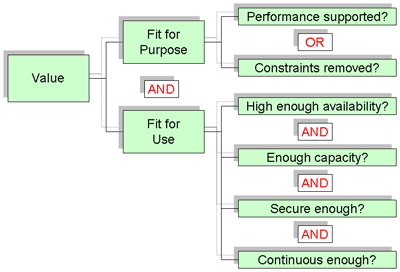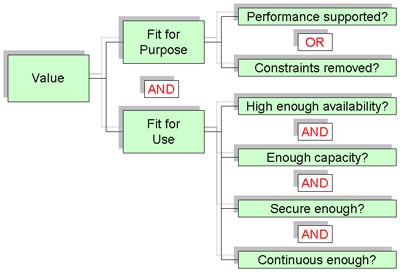ITIL for BAs – Part XI; BAs and ITIL Service Transition Processes
In our two earlier posts we considered Service Transition from a policy point of view, and the significant extent to which those policies support the BA’s objectives in terms of keeping requirements management and solution development bound together tightly.
When looking at Service Transition from a process point of view, the relationship between ITIL and business analysis is as evident as could be. The ITIL processes most associated with Service Transition are:
|
Transition Planning and Support |
Plan appropriate capacity and resources to build, test, release, deploy, implement, and place into operation new or changed services, while minimizing adverse impact on services; manage release-related risks |
|
Change Management |
Use standardized methods and procedures to efficiently and promptly handle changes that deepen business/IT alignment, and in such a way as to maximize value and minimize incidents, rework, and disruption |
|
Service Asset and Configuration Management |
Identify, control, record, report, audit, and vary service assets and configuration items (IT components); protect the integrity of the assets and components as well as the information about them; provide asset and configuration item information to other processes in order to increase the efficiency and effectiveness of those processes |
|
Release and Deployment Management |
Plan the release packages and obtain agreement with stakeholders; ensure releases can be tracked, installed, tested, verified, and/or uninstalled or backed out if necessary; manage the risks associated with releases; ensure that necessary communications and knowledge transfer take place with stakeholders and users |
|
Service Validation and Testing |
Plan and implement a structured validation and test process that yields objective evidence that a new or changed service meets the functional and Quality of Service requirements of the stakeholders |
|
Evaluation |
Provide a consistent and standardized approach to determining the performance of a service change, relative to the predicted as well as agreed to performance targets, with the purpose of understanding and managing deviations |
|
Knowledge Management |
Ensure that the right information is delivered to the appropriate place or person at the right time, in the format desired, in order to contribute to effective decision making |
BAs familiar with the BABOK and with typical activities around testing, quality assurance, verification and validation would certainly be at home working within the above processes.
After all, the goals of both business analysis and ITIL, certainly from an IT point of view, are the same: develop, implement, and operate IT-based solutions that meet business needs.
We’re approaching the home stretch! There will be three more articles in this series:
- Service Operation
- Continual Service Improvement
- What It All Means (or Should Mean?) to You
Until then, I hope that wherever you are, you are enjoying a pleasant month of May!

